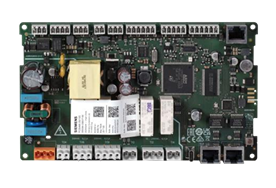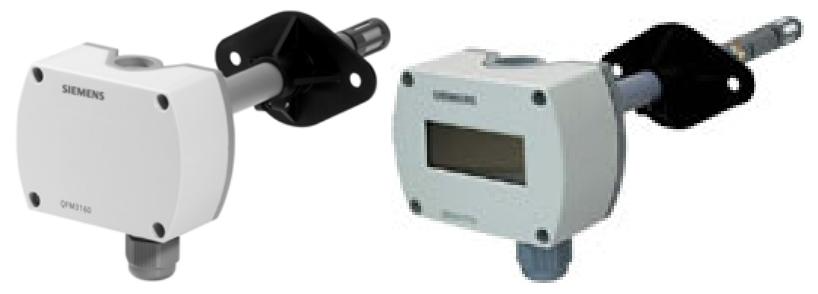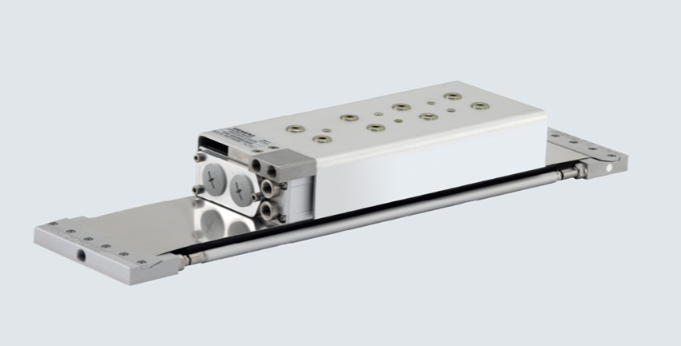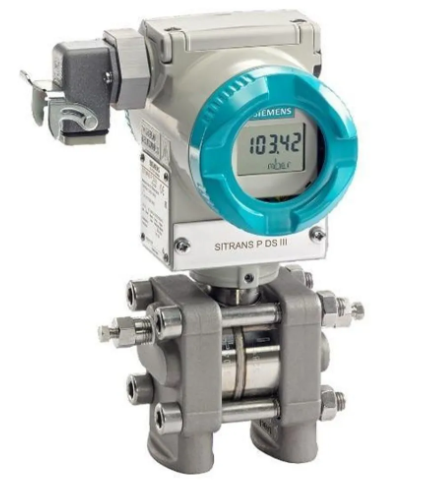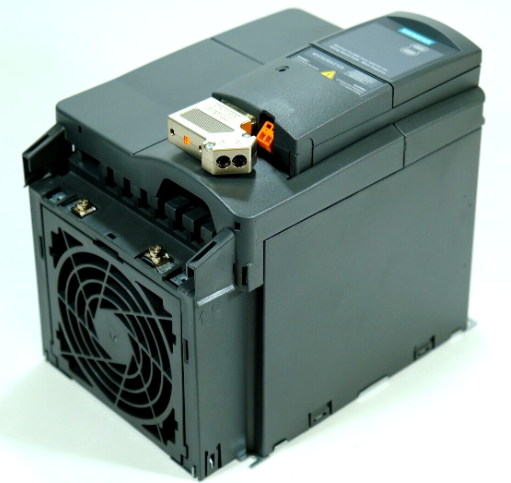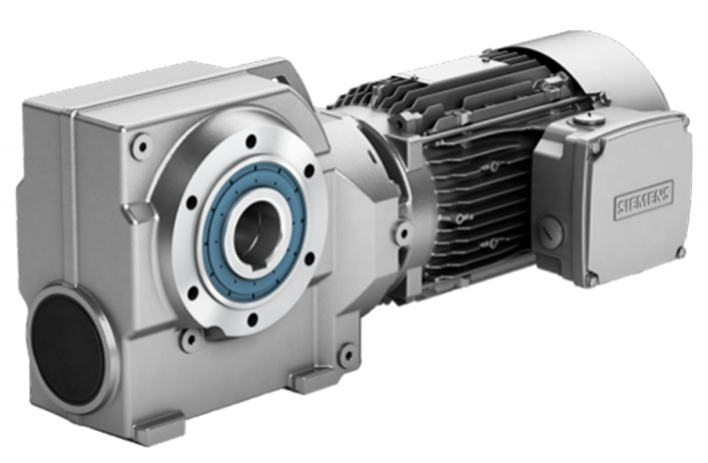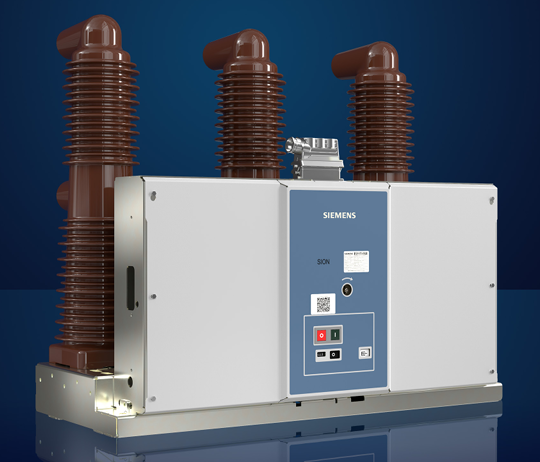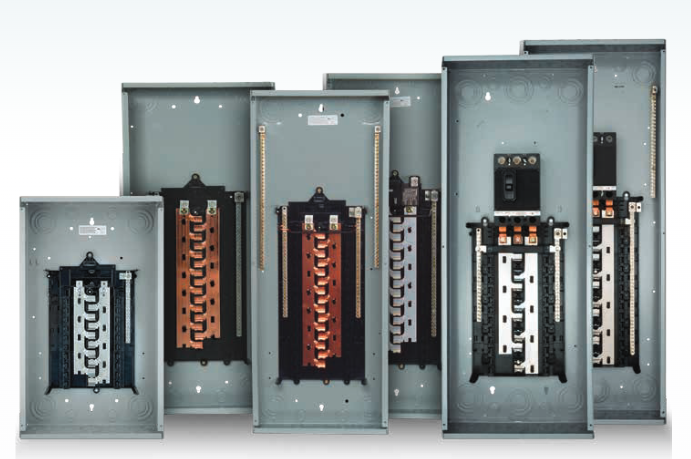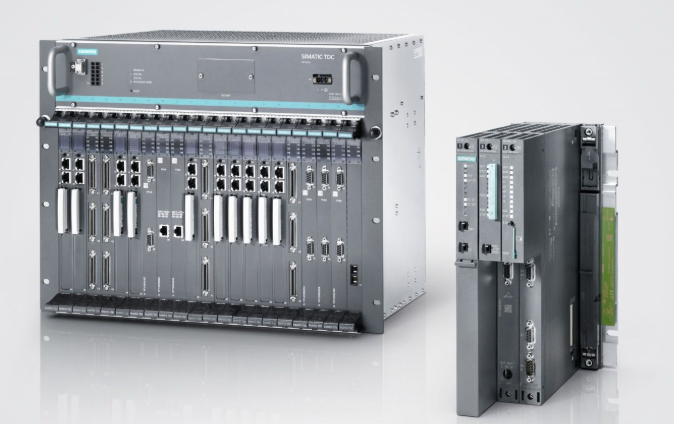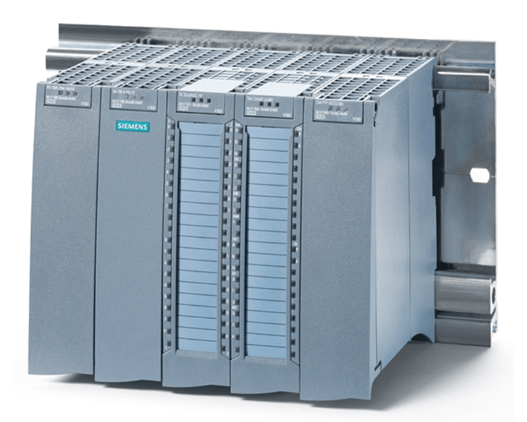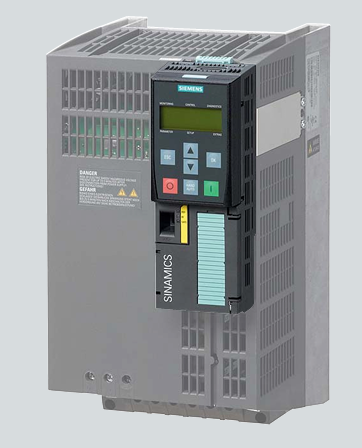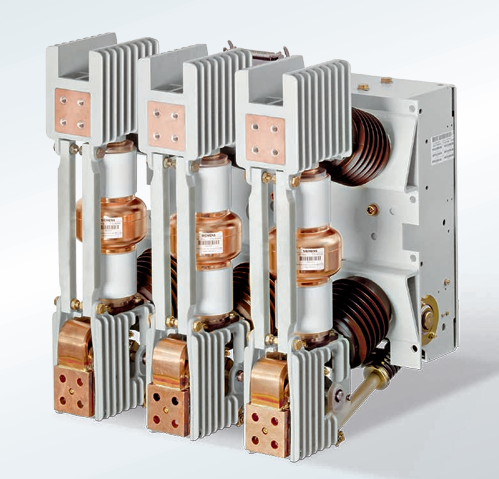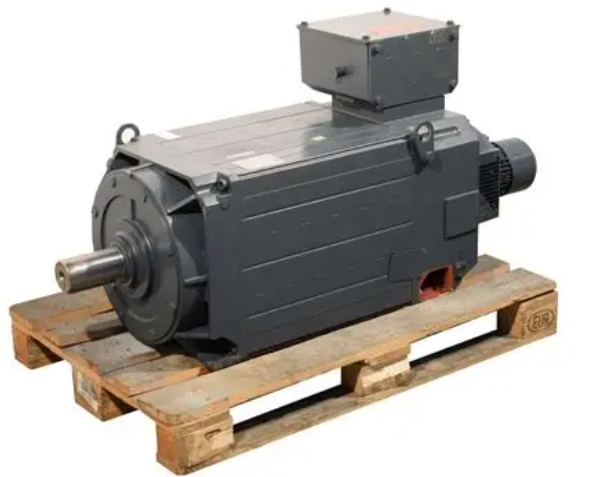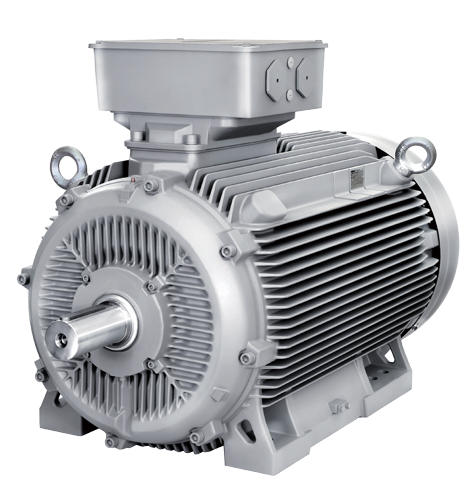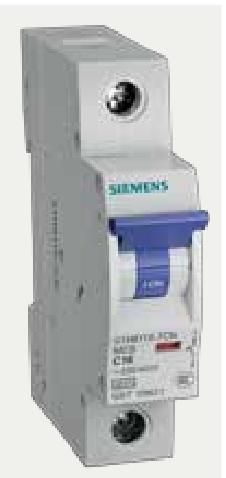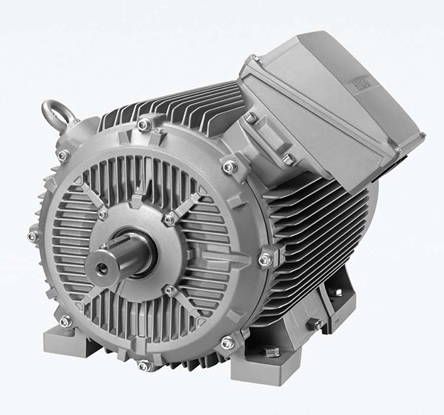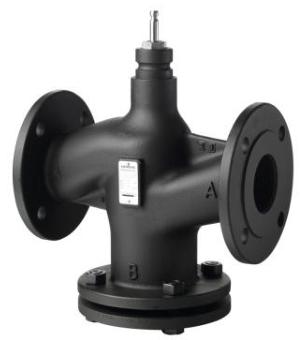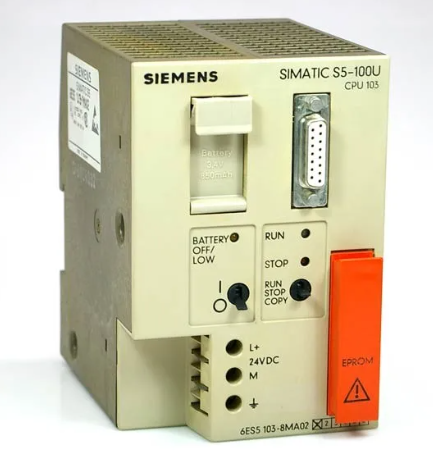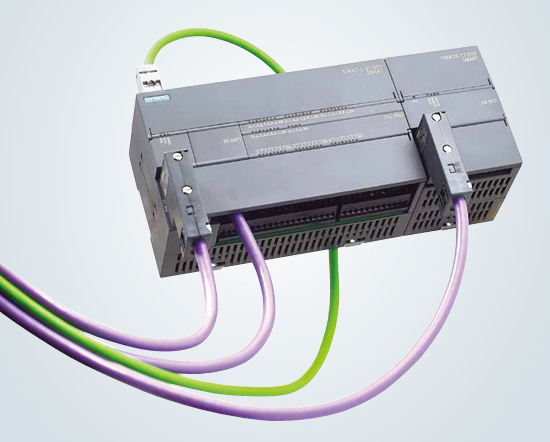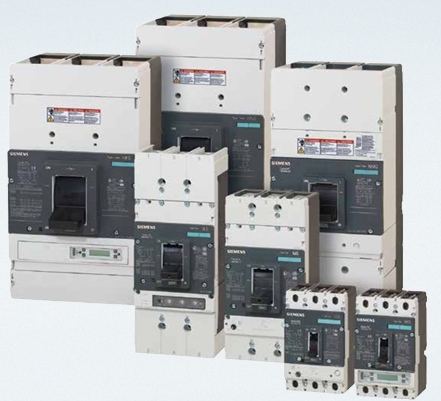The DNBT P0971WV module is a dual node bus interface device developed by FOXBORO specifically for the I/A Series system. Its core function is to achieve high-speed data exchange between the control layer, I/O layer, and device layer. This module is designed with a dual node redundant architecture and can simultaneously connect to two independent field buses (such as FOXBORO's dedicated FBM bus or mainstream industrial bus). On the one hand, it establishes a stable communication link with control processors such as CP30, receives control instructions, and feeds back field data; On the other hand, it connects various I/O modules (such as analog input/output modules, digital input/output modules) and intelligent instruments to complete data acquisition and instruction issuance.
FOXBORO DNBT P0971WV Dual Node Bus Module
Basic positioning and core role of modules
The DNBT P0971WV module is a dual node bus interface device developed by FOXBORO specifically for the I/A Series system. Its core function is to achieve high-speed data exchange between the control layer, I/O layer, and device layer. This module is designed with a dual node redundant architecture and can simultaneously connect to two independent field buses (such as FOXBORO's dedicated FBM bus or mainstream industrial bus). On the one hand, it establishes a stable communication link with control processors such as CP30, receives control instructions, and feeds back field data; On the other hand, it connects various I/O modules (such as analog input/output modules, digital input/output modules) and intelligent instruments to complete data acquisition and instruction issuance.
In the system architecture, the DNBT P0971WV module plays a dual role as a "data transfer station" and a "communication redundancy guarantee". It not only solves the communication protocol adaptation problem between the control processor and various terminal devices, but also eliminates single point failures in the communication link through a dual node design, ensuring that the system can maintain normal data transmission in extreme situations and providing guarantees for the continuous operation of the production process.
Core functions and technical features
1. Dual node redundancy design ensures communication reliability
The "dual node" is the most core technical highlight of this module, which is equipped with two independent communication processing units (Node A and Node B) that can be connected to two physically independent bus links. During normal operation, two nodes can work in either "primary backup" or "load sharing" mode: in primary backup mode, the primary node undertakes the main communication task, while the backup node synchronizes data in real time and monitors the status of the primary node. When the primary node or its connected bus fails, the backup node can seamlessly switch within milliseconds to ensure uninterrupted communication; In load sharing mode, two nodes handle some communication tasks separately, effectively improving the overall data transmission efficiency of the system. This redundant design fundamentally solves the communication bottleneck and fault risk of traditional single bus modules, meeting the strict requirements for communication reliability in industrial production.
2. High speed data transmission, adapted to real-time control requirements
The DNBT P0971WV module is equipped with a high-performance communication processing chip that supports high-speed data transmission. Its bus communication rate can reach up to 10Mbps (the specific rate depends on the bus type and system configuration), which can meet the real-time transmission needs of a large amount of I/O data, control instructions, and status information in industrial sites. For the CP30 control processor, the high-speed transmission capability of this module ensures that control instructions are issued to executing devices in a very short period of time, and the operating status and parameter data of on-site devices can also be fed back to the processor in real time, providing strong communication support for CP30 to achieve millisecond level control cycles. For example, in the batch control scenario of chemical production, the module can quickly transmit temperature and pressure data from multiple reaction vessels to CP30, and accurately issue material ratio adjustment instructions from CP30 to the executing mechanism to ensure the synchronization and accuracy of the production process.
3. Multi protocol compatibility and flexible adaptation capability
The module is equipped with a rich communication protocol parsing unit, which is not only perfectly compatible with the dedicated communication protocols of the FOXBORO I/A Series system (such as FOXBORO Bus Protocol), but also supports multiple mainstream industrial communication standards, such as Modbus RTU/TCP, PROFINET, etc. (specific supported protocols need to refer to the module hardware version). This multi protocol compatibility capability enables the DNBT P0971WV module to easily interface with different brands and types of industrial equipment, including smart sensors, actuators, third-party PLCs, and upper level SCADA (Data Acquisition and Monitoring System). For example, in a factory with an existing FOXBORO CP30 control system, if a third-party brand of flow meter needs to be connected, the module can establish communication with the meter through Modbus protocol, without the need for large-scale modification of the existing system, greatly improving the flexibility and scalability of the system.
4. Comprehensive self diagnosis and fault alarm functions
The module is equipped with a comprehensive self diagnostic mechanism, which can monitor its hardware status in real time (such as communication chip temperature, power supply voltage, memory usage), bus link status (such as link connectivity, signal strength), and node working status. When a fault is detected (such as communication interruption at a certain node, bus link signal attenuation, power supply abnormality, etc.), the module will immediately trigger a local alarm (prompted by changes in module indicator light status), and at the same time upload the fault information (including fault type, occurred node, fault time, etc.) to the CP30 processor and upper level monitoring system through the communication link, making it easy for operators to quickly locate the fault point and handle it. In addition, the module also supports local storage of fault information, providing data support for fault tracing and system optimization.
5. Modular structure and convenient installation and maintenance
The module adopts FOXBORO standard modular design, with dimensions suitable for the installation of standard industrial control cabinet rails. The installation process is simple and convenient, and can be compactly arranged with CP30 processors, I/O modules and other devices, saving control cabinet space. The front of the module is equipped with clear status indicator lights (such as power lights, node operation lights, bus communication lights, fault alarm lights, etc.), and operators can quickly determine the working status of the module through the indicator lights. In terms of maintenance, the module supports the "hot plug" function (subject to system configuration permission), which means that faulty modules can be replaced without interrupting the overall operation of the system, greatly reducing equipment maintenance time and lowering production downtime risks.
Collaborative working mechanism with FOXBORO CP30 processor
The DNBT P0971WV module and CP30 control processor are the close partners of the "control core" and "communication hub" in the FOXBORO I/A Series system. The collaborative workflow between the two is mainly divided into three stages:
1. Instruction issuance process: The CP30 processor generates control instructions based on preset control logic (such as adjusting valve opening, starting pump group, etc.), and transmits the instructions to the DNBT P0971WV module through the internal system bus; After receiving the instruction, the module converts it into a signal format recognizable by the executing device through protocol parsing, and then sends it to the target I/O module or intelligent device through the corresponding bus link.
2. Data collection stage: Production parameters (such as temperature, pressure, flow rate, etc.) collected by on-site I/O modules or intelligent devices are transmitted to the DNBT P0971WV module through a bus link. After pre-processing (such as format conversion and validity verification), the module transmits the data to the CP30 processor to provide data support for the control logic operation of CP30.
3. State feedback and collaborative fault handling process: The DNBT P0971WV module provides real-time feedback on its own and bus link operation status to CP30. When the module fails, CP30 can adjust the control strategy according to the preset logic (such as switching to the backup control path); At the same time, CP30 will also synchronize module fault information to the upper level monitoring system, achieving collaborative alarm and handling of faults.
This collaborative mechanism ensures the precise issuance of control instructions, real-time uploading of on-site data, and rapid response to system failures, collectively forming the core framework for the stable operation of the FOXBORO I/A Series system.
Applicable industries and typical application scenarios
With its high reliability, high-speed transmission, and flexible adaptation, the application scenarios of DNBT P0971WV module are highly compatible with CP30 control processor, mainly concentrated in industrial fields that require extremely high real-time and reliability communication:
-Petrochemical industry: In crude oil refining units, modules are used to connect the CP30 processor with temperature and pressure sensors, as well as feed pumps, discharge valves, and other execution equipment in the reaction kettle, to achieve real-time collection of production parameters and accurate issuance of control instructions. At the same time, dual node redundancy ensures continuous communication during the refining process, avoiding production accidents caused by communication interruptions.
-Power industry: In the boiler control system of thermal power plants, the module undertakes the communication task between the CP30 processor and the parameter acquisition modules such as boiler water level and steam pressure, as well as the execution equipment such as feed pumps and induced draft fans. The high-speed transmission of real-time data provides guarantee for the precise control of boiler combustion by CP30, and the dual node design ensures the continuous and stable power production.
-Metallurgical industry: In the steel rolling process of steel production, the module connects CP30 with the speed sensor, tension sensor, and hydraulic actuator of the rolling mill to transmit real-time rolling mill operating parameters and control instructions, ensuring the accuracy of speed and tension control during the rolling process and improving the quality of steel products.
-Water treatment industry: In large sewage treatment plants, modules are used to build a communication network between the CP30 processor and the I/O devices of various treatment units (such as aeration tanks and sedimentation tanks), achieving real-time monitoring of water quality parameters and linkage control of treatment equipment, ensuring that the sewage treatment process meets standard discharge.

- User name Member Level Quantity Specification Purchase Date
- Satisfaction :
-









Email:wang@kongjiangauto.com

